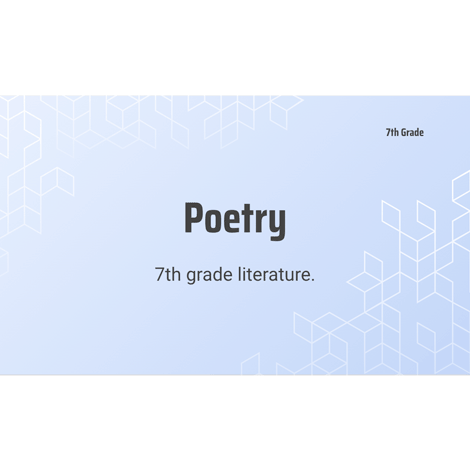- Featured
- Export Emails to Sheets
- Screenshot Tool
- Email Tracker
- MailKing - automated mass emailing
- Save Emails as PDF
- Export Emails to Google Docs
- Multi Email Forward
- Meeting Scheduler
- Email Templates
- All Apps
- Gmail Label Sharing
- Auto Bcc for Gmail
- Mobile Text Alerts for Gmail
- Save Emails to Google Drive
- Save Emails to Dropbox
- Auto Follow Up for Gmail
- Backup and Archive Emails to Amazon S3
- Free Video Email
- Gmail Web Clipper
- Send your Email to SMS
- Gmail Snippets
- Gmail Phone
- Email Zoom Text Reader
- Gmail Screencast
- HTML Editor for Gmail
- Notes for Gmail
- Rename Email Subject
- Gmail Free Online Polls & Surveys
- Schedule Emails
- Snooze Emails
- Share Emails as Links
- Gmail URL Link Preview
- Gmail Time Tracker
- Free Email Tracking Blocker
- Save and Backup My Emails
- Attach And Share Cloud Files for Gmail

Introducing our Education Google Slide Template, a versatile and user-friendly tool designed to help you create an informative and engaging presentation for your education needs. With this template, you can easily showcase your educational program, curriculum, and achievements. The template includes a range of customizable slides that feature modern and colorful design elements. These include images, infographics, and charts to help you present your education information in a visually appealing and easy-to-understand way. Whether you're a teacher, a school administrator, or simply someone who wants to share educational information, our Education Google Slide Template has everything you need to create a high-quality and impactful presentation that will educate and inspire your audience.
1 of 12
7th grade literature.
Poetry
7th Grade
2 of 12
- Like other forms of fiction, poetry can be written about anything.
- Poems pack all kinds of ideas, feelings, and sounds into a few carefully chosen words.
- Poetry is compact, imaginative, and rhythmic
Poetry
3 of 12
Form
KEY ELEMENTS OF POETRY
Speaker
Sound
Imagery
Figurative language
4 of 12
FORM
Poems are written in lines, which may or may not be complete sentences
In some forms of poetry, lines are grouped into stanzas.
If lines in a stanza have a regular, repeated pattern, the poem has a structured form.
Poems that have no regular pattern are called free verse poems.
5 of 12
01
The speaker of the poem refers to the voice that relates the story or ideas in the poem.
SPEAKERS
02
The speaker may be the poet or a character or voice created by the poet.
03
The voice may include the use of dialect, a form of language spoken in a certain place by a certain group of people.
04
The poet may also use idioms to make the speaker’s voice seem realistic.
6 of 12
Most poems are meant to be read aloud, so poets often choose and arrange words to create sounds that appeal to the listener.
Four techniques that poets use to create sound are rhyme, rhythm, repetition, and onomatopoeia.
SOUND
7 of 12
Imagery is language that appeals to the reader’s five senses.
Similes
Analogies
Personification
Metaphors
8 of 12
Simile: a comparison that uses the signal words like or as. An example is “her eyes shone like stars.”
Metaphor: a direct comparison, with no signal words.
“Into the sea of death” is a metaphor that compares death to the sea.
Analogy: a comparison between two things that seem dissimilar in order to show the ways in which they might be similar.
Personification: when a poet describes an animal or object as if it were human or had human qualities.
Figurative Language
9 of 12
Symbols are words or phrases that have special significance beyond the original meaning.
For example, in Robert Frost’s poem, the line “Two roads diverged” refers to his choice of two paths in life.
Symbols. Poets often use symbols.
10 of 12
Visualize the images.
As you read, listen for rhymes and rhythm and for the overall sound of the words.
Look for end punctuation to help you find where each thought ends.
Clarify the words and phrases.
Notice its form, the shape it has on the page, how long it is, how long the lines are, and whether or not it has stanzas.
Reading poetry. Preview the poem and read it aloud a few times.
11 of 12
Evaluate the poem’s theme, or underlying message.
Let your understanding grow.
Relate the poem to your own life when possible.
Look at things in a new way.
Reading poetry, cont.
12 of 12
- Cassandra Clare, Clockwork Angel
“Only the very weak-minded refuse to be influenced by literature and poetry.”